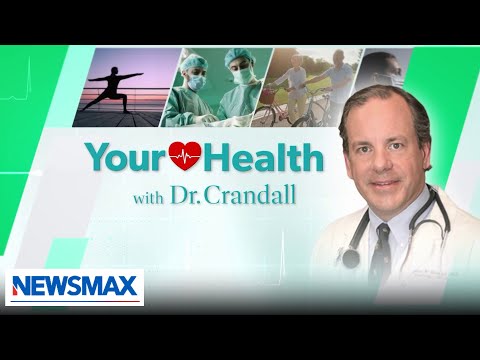A significant shift is happening in the world of stroke prevention, and it’s capturing attention across the medical community. After a decade of waiting, the American Heart Association and the American Stroke Association have rolled out updated guidelines designed to help Americans reduce their risk of this serious medical emergency. This change could foster a healthier society and, hopefully, prevent many strokes that can drastically affect lives.
The heart of this update lies in a meticulous reevaluation of how strokes are treated. Gone are the days when a stroke was merely treated at a local hospital without much intervention. Now, the medical field recognizes that strokes should be treated with the same urgency and approach as heart attacks. Imagine that! Specialized stroke centers have been established to streamline care. When someone suffers a stroke, they can be quickly transferred to one of these centers, where advanced treatments—such as clot-busting drugs—are readily available. This dramatic improvement can lead to better outcomes for patients, who can leave the hospital with fewer or even no lasting effects from their strokes.
But what does this mean for ordinary folks? It means that awareness and preventive measures are more important than ever. Doctor Chauncey Crandall, an expert in preventative medicine, emphasizes that several risk factors can contribute to stroke. Untreated high blood pressure is at the top of the list, followed closely by diabetes, obesity, and a lack of physical activity. These factors can often be managed with lifestyle changes and medical treatment, proving that just because something may run in the family doesn’t mean it has to run you down.
This push towards increased awareness doesn’t just stop at understanding risk factors. An empowered public can advocate for their health, taking the reins to ensure they are doing their best to avoid situations that lead to strokes. It’s all about taking action—whether it’s a routine check-up with the doctor or adopting healthier habits at home. Knowledge is power, and nowadays, it really does become a matter of life and death.
For those who want to dive deeper into stroke prevention, Doctor Crandall has created a resource called the stroke kit. This kit is designed to educate and empower individuals, presenting a complete guide to understanding, preventing, and responding to strokes. The message is loud and clear: timing is critical, and being equipped with the right information can make all the difference in safeguarding one’s health and future. In the face of medical advances and this fresh wave of focus on stroke prevention, a hopeful tone emerges—victory is possible if we stay informed and proactive.



